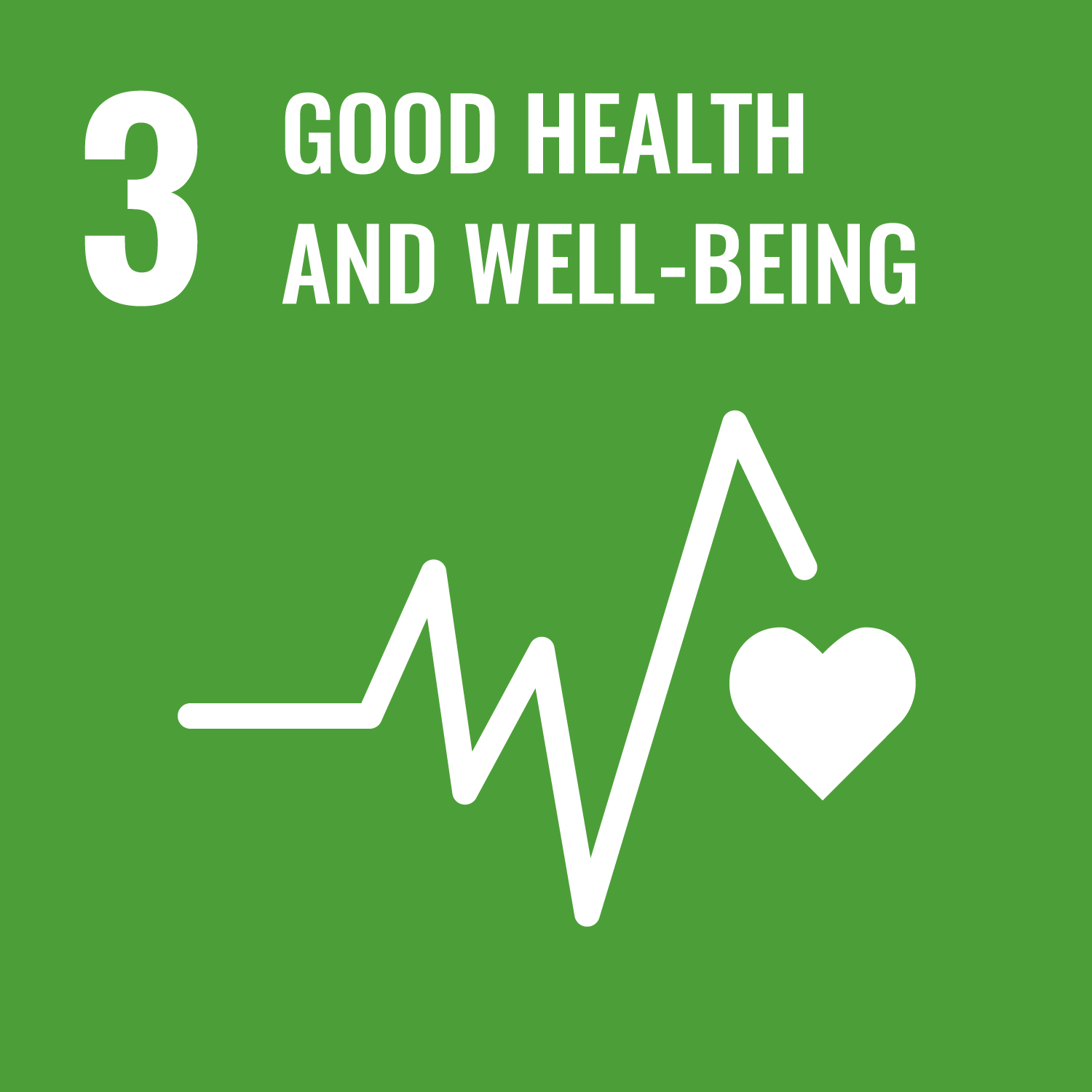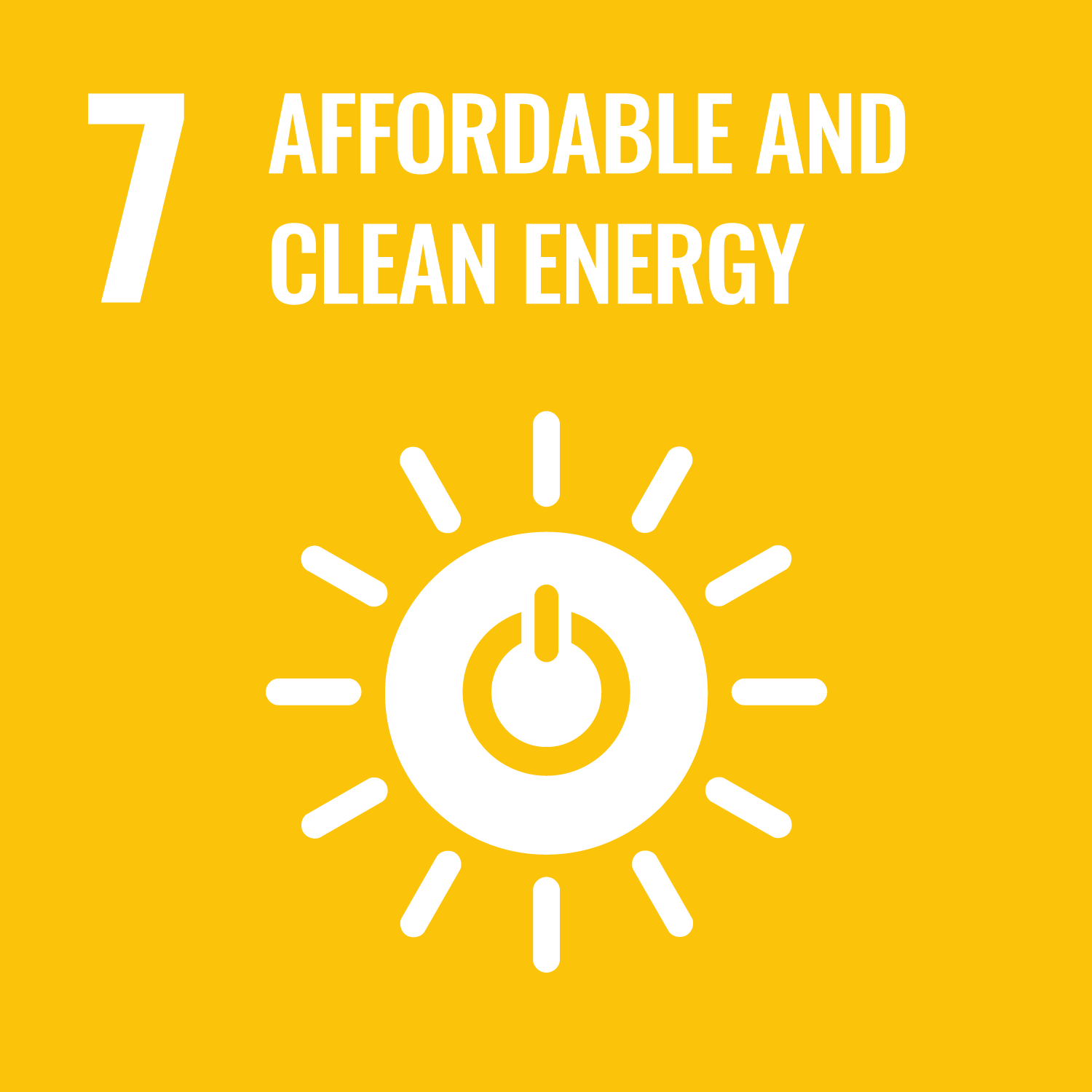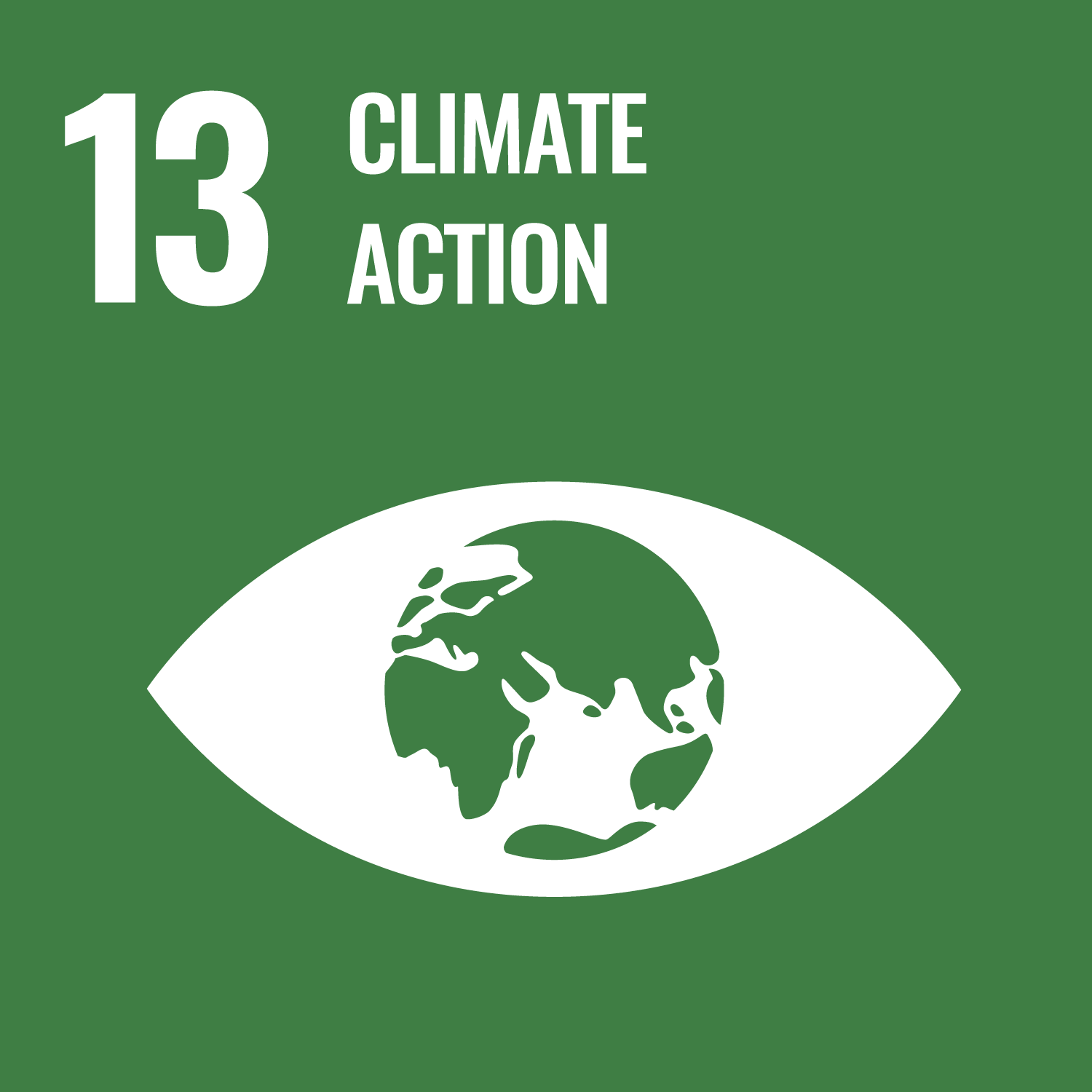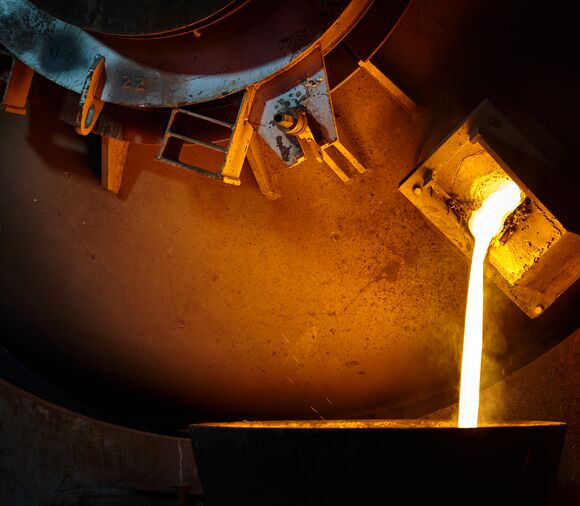Our sustainability strategy
We are a global leader in sustainable technologies. Through inspiring science and continued innovation, we are catalysing the net zero transition for millions of people every day.
We have firmly embedded our sustainability priorities of climate, nature and circularity, safety and diversity throughout our business and value chain.
Embedding sustainability into everything we do
Our skills and technologies are important today as businesses and communities adapt to the challenges of climate change. Our products and services are aligned with four of the UN’s Sustainable Development Goals (SDGs) where we believe we can make the biggest positive contributions.
Goal 3: Good health and wellbeing

- Purification technologies that reduce harmful contaminants, such as mercury, from industrial processes
- Refinery additives to mitigate oxides of nitrogen and oxides of sulfur emissions
- Catalysts used to make pharmaceutical ingredients
Goal 7: Affordable and clean energy

- Low carbon (blue) hydrogen technologies that are available today to help make low carbon
hydrogen at scale
Goal 12: Responsible consumption and production

- Chloride guards to prevent corrosion
- PURACARETM services to reduce maintenance lifetime and end-of-life recovery
- CAT-AIDTM products to extend catalyst life
Goal 13: Climate action

into sustainable fuel (SAF)- Fuel cell components for low carbon transportation and distributed power units
Note: Pie chart data from financial year 2024/25.
Our sustainability targets for 2030
Our sustainability targets for 2030 are ambitious, but they build off the incredible impact our products and services already have. Our greenhouse gas reduction targets for 2030 have been approved by the Science Based Targets initiative (SBTi) thereby putting us on the SBTi’s 1.5°C trajectory and placing us among the leading group of global businesses aiming for a rise of no more than 1.5°C.
We report our yearly progress against these targets in our Annual Report.
|
Goal |
Key performance indicator |
2030 target |
|---|---|---|
|
Planet: protecting the climate |
||
|
Achieve net zero by 2040 |
Reduction in Scope 1 and 2 GHG emissions |
44%1 |
|
Reduction in Scope 3 GHG emissions from purchased good and services |
42%1 |
|
|
Planet: protecting nature and advancing the circular economy |
||
|
Conserve scarce resources |
Recycled PGM content in JM's manufactured products |
75% |
|
Minimise our environmental |
Reduction in total hazardous waste |
50%1 |
|
Reduction in net water intensity |
30% |
|
|
People: promoting a safe, diverse and equitable society |
||
|
Keep people safe |
Total recordable injury and illness rate for employees and contractors |
0.25 |
|
ICCA process safety event severity rate |
0.40 |
|
|
Create a diverse, inclusive and |
Employee engagement score |
8.0 |
|
Female representation across all management levels2 |
40% |
|
1. Against 2019/20 baseline. For further information please refer to our Annual Report.
2. All employees whether they are a people manager or not, at a minimum compensation grade.




